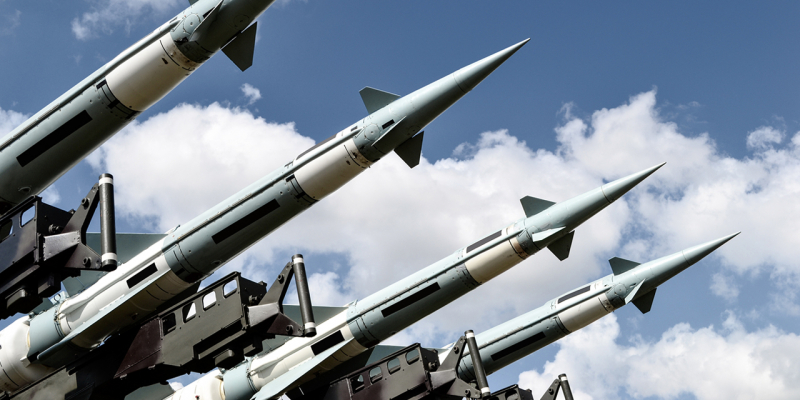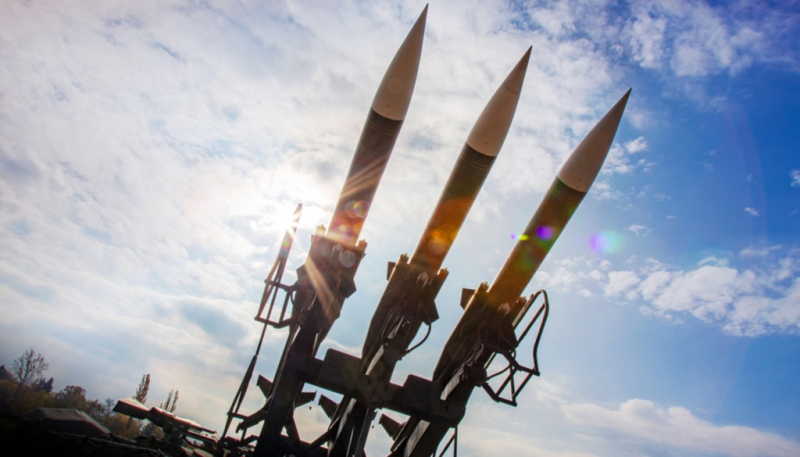There are three types of nuclear weapons
Based on the elements used to fuel the nuclear fission reaction, there are three different types of nuclear weapons: hydrogen, plutonium, and uranium.
Although uranium bombs are very simple to construct, the material needed for them to purify uranium-235 is difficult to come by. Only 0.7% of the U-235 isotope, the fissile component of a nuclear weapon or reactor, may be found in uranium that has been mined from the Earth. The U-238 isotope, which does not directly contribute to the fission process and must be removed by "enrichment," makes up the majority of the remaining 99.3 percent. The procedure is challenging and costly. The five nuclear-armed powers account for around 90% of global enrichment capacity (see item 7). A uranium bomb is what obliterated Hiroshima.
Although more challenging to design and construct, plutonium bombs employ plutonium-239, which is less difficult to come by. Nuclear power plants can produce plutonium that is suitable for use in weapons. A nuclear bomb's fissile material may be produced by burning the reactor's natural uranium fuel for around three months. However, the development of a plutonium bomb is a complex process that is well outside the capability of most countries, let alone terrorist organizations. The plutonium bomb that obliterated Nagasaki was one.
The most challenging thermonuclear weapons to create are hydrogen bombs because they need a plutonium or uranium bomb to function as the "trigger" for the fusion process. A lot of testing is also necessary to make sure the procedure will function. The only nations to have tested thermonuclear weapons are China, France, India, Russia, the United Kingdom, and the United States.










